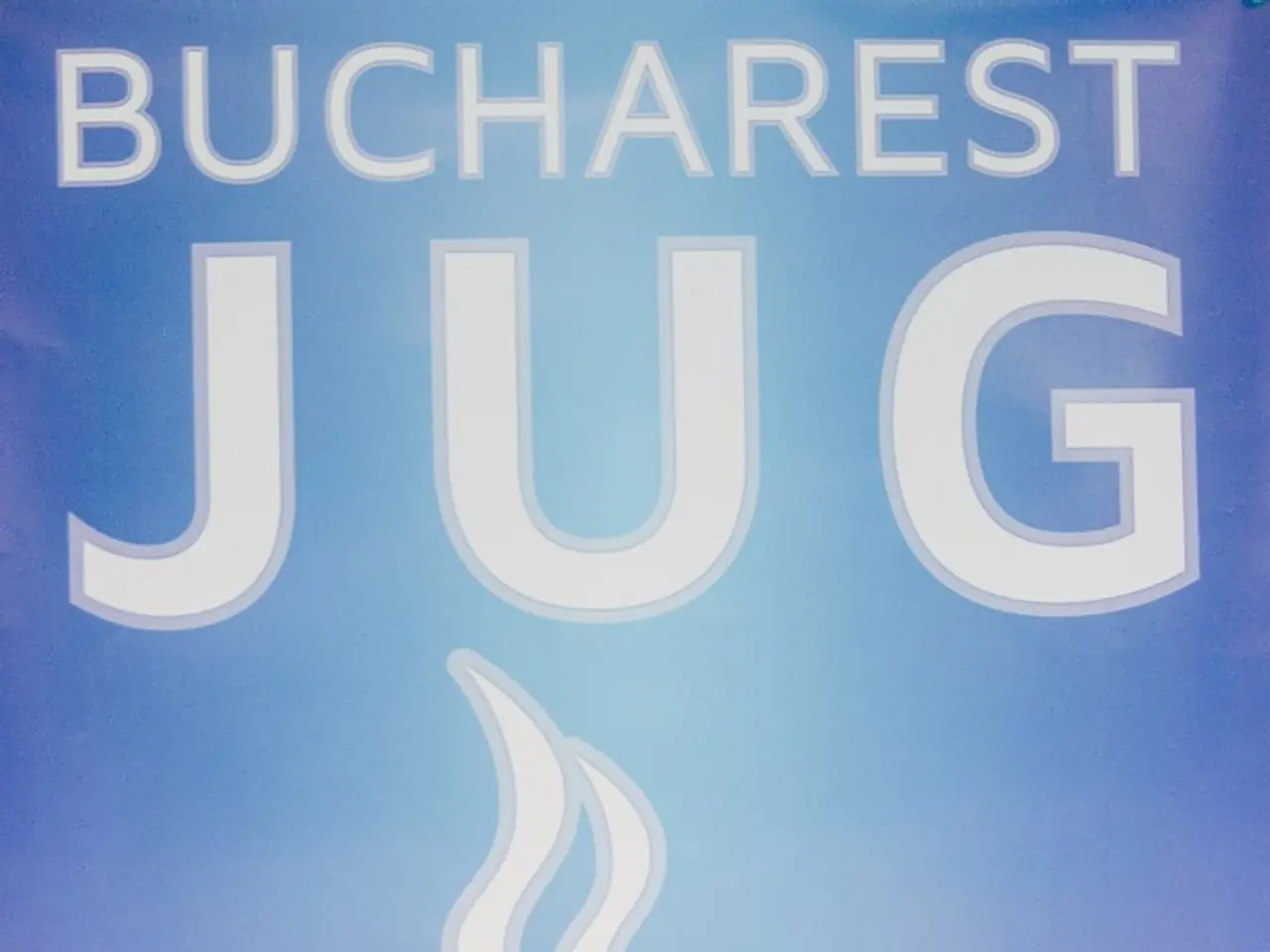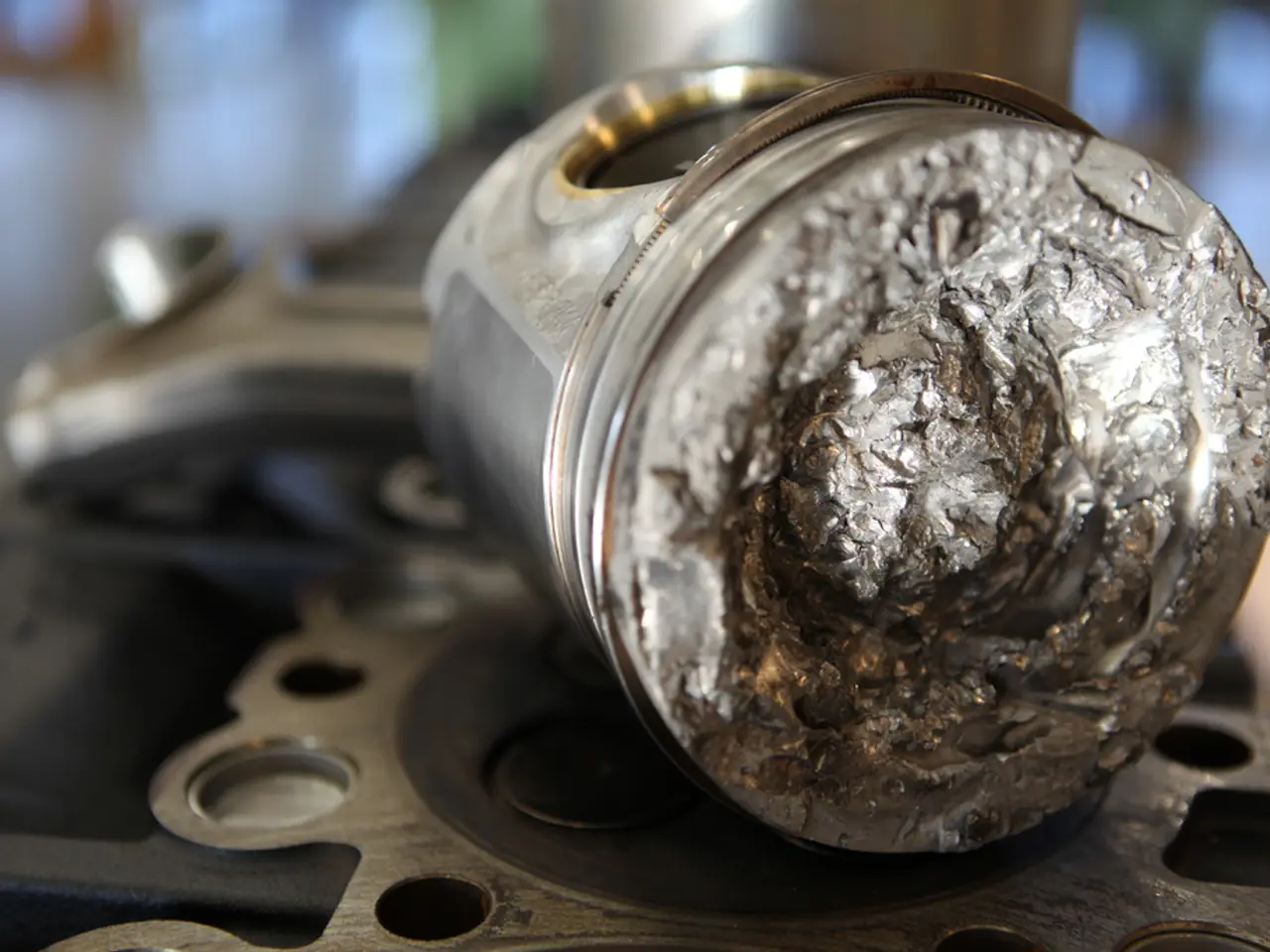Advisor cautions: Implementation of reverse charge VAT may potentially decrease government income in Romania
Going General with Reverse Charge VAT in Romania: Pros, Cons, and the Unknown
Implementing a broad spectrum reverse charge VAT mechanism in Romania might lead to a myriad of consequences, both positive and negative, as highlighted by tax consultant Mariana Vizoli in her recent statements. Despite the attraction of streamlining the VAT collection process, misconceptions about its workings could potentiate lower, rather than higher, budget revenues.
Vizoli, with an impressive 18-year tenure as head of VAT policy at the Ministry of Finance, weighs in on the ongoing debate sparked by tax expert Gabriel Biriș's advocacy for the mechanism. The reverse charge VAT system is a game-changer—it shifts VAT responsibility from the vendor to the buyer, eliminating VAT payments at each stage in the supply chain.
However, Vizoli warned against the potential pitfalls of this approach. "If the final link in the supply chain collapses, as bankruptcy often does, the VAT owed to the budget may disappear forever," she cautioned. In such situations, despite collecting VAT from final consumers—individuals or non-VAT-paying institutions—the insolvent company might have failed to remit the funds before its collapse.
Unpaid VAT debts become part of the insolvency process, frequently written off during reorganization. "That means VAT collected from consumers never reaches the state," Vizoli emphasized.
She further argued that the standard VAT system, which collects VAT at each transaction point in the supply chain, was designed to address these issues. It replaced the outdated tax on the circulation of goods, which only applied VAT at the final transaction stage and was prone to fraud and non-payment.
"A VAT system based on fractional payments ensures better control and stronger resistance to tax evasion," Vizoli concluded. Although the reverse charge mechanism is currently applied in specific high-risk sectors, any expansion would require approval from the European Commission.
While authorities continually explore measures to shrink the VAT gap—one of the largest in the EU—tax experts urge caution when evaluating structural changes to avoid unforeseen fiscal impacts.
Adopting a more extensive reverse charge VAT mechanism in Romania comes with several key considerations. On the one hand, it may help minimize VAT fraud and improve collection efficiency. On the other hand, it brings increased complexity, increased risks of VAT fraud and evasion, disputes over VAT treatment, administrative challenges, and cash flow issues for businesses.
Striking the right balance between these opposing factors requires careful implementation, clear guidelines, and robust enforcement to ensure an optimal fiscal outcome.
(Photo: Andrey Popov/ Dreamstime)
iulian@our website
Note: Some of this content is based on additional research and insights about reverse charge VAT mechanisms and their potential impacts on Romania's fiscal landscape. While these added details provide valuable contextual depth, they should be used sparingly to enrich the article without dominating its central narrative.
Sources:1. "Reverse charge mechanism: risks, benefits, and challenges for Member States," European Commission, link2. "Extending the VAT reverse charge mechanism in the UK: Compliance, effectiveness, and consequences," HM Revenue & Customs, link3. "Transposition of the EU reverse charge VAT mechanisms: Key findings for Malta," The Malta Independent, link4. "The future of VAT in Romania: Evaluating the potential impacts of extending the reverse charge mechanism," KPMG Romania, link5. "Reverse charge VAT: Understanding its implications for Romanian businesses," Deloitte Romania, link
The implementation of a broad reverse charge VAT mechanism in Romania's business sector could lead to debates about its potential impact on the nation's politics and finance, as Mariana Vizoli, a seasoned tax consultant, has pointed out. This mechanism, which shifts VAT responsibility from vendors to buyers, might offer advantages such as minimizing VAT fraud and enhancing collection efficiency, but it could also bring increased complexity, fiscal risks, disputes, and administrative challenges for businesses. Striking a balance between these factors requires careful implementation, clear guidelines, and robust enforcement to ensure optimal fiscal outcomes.






